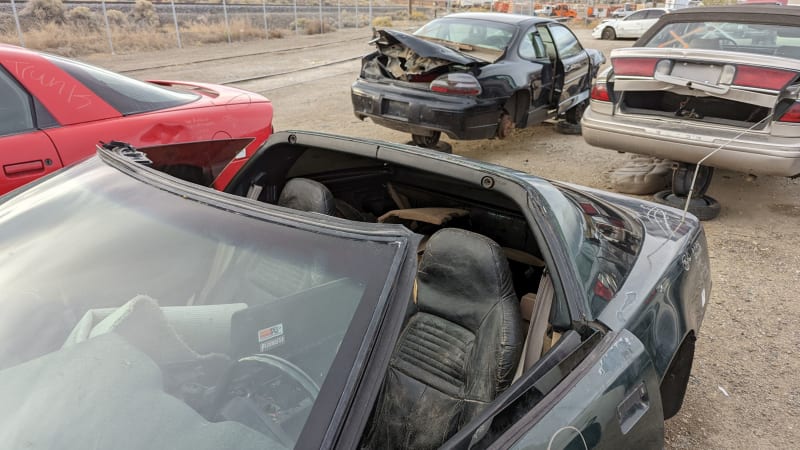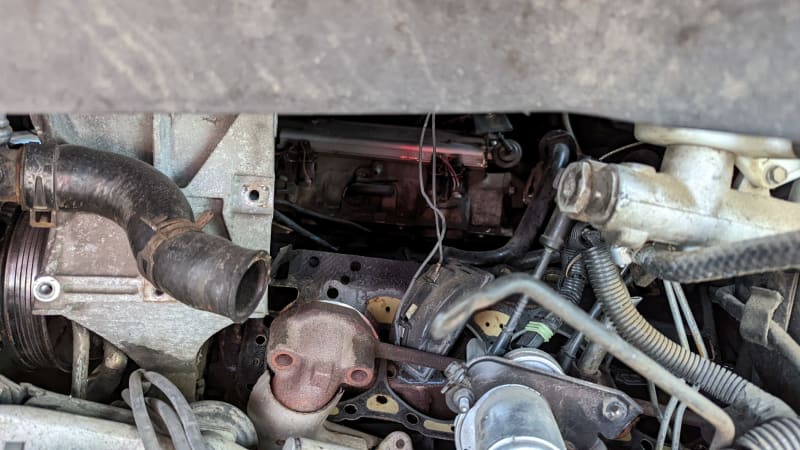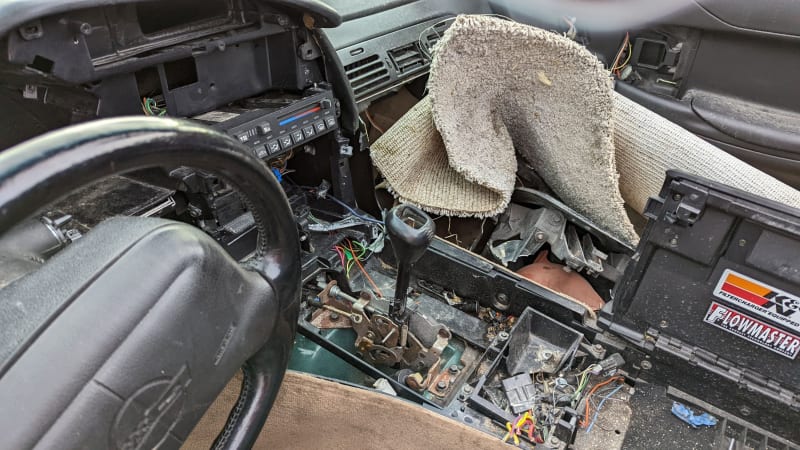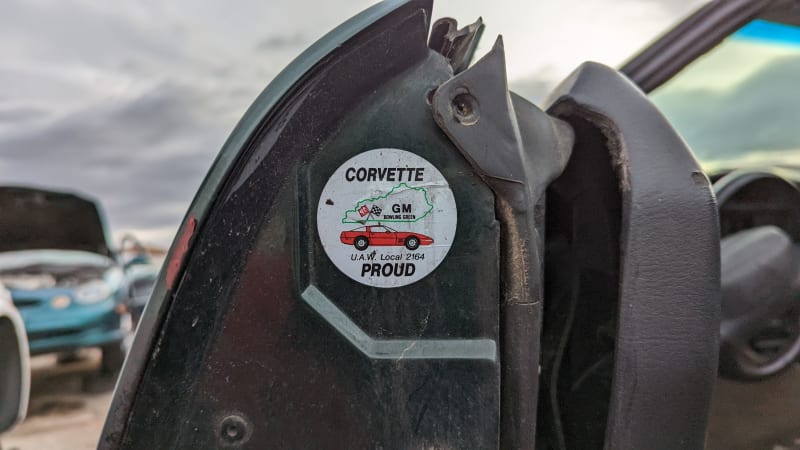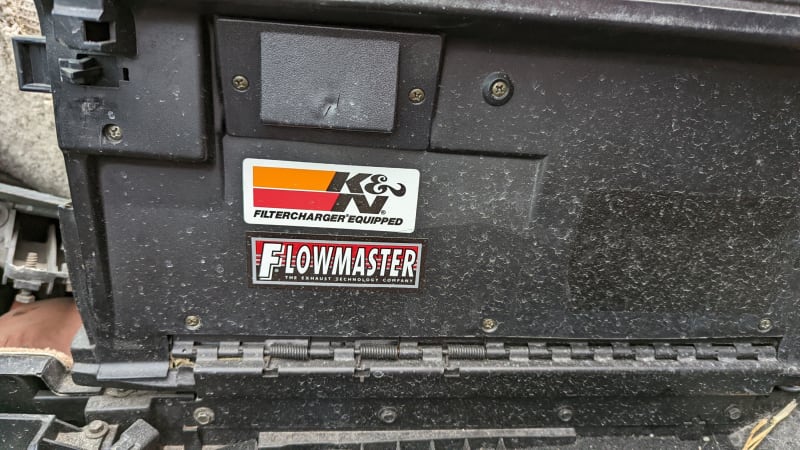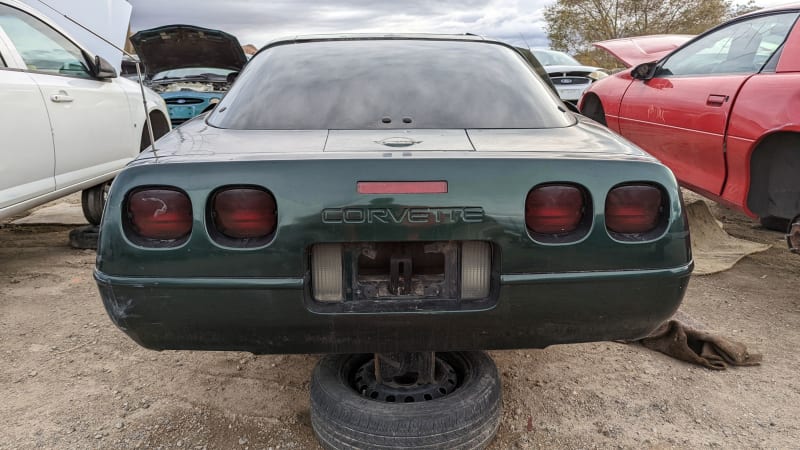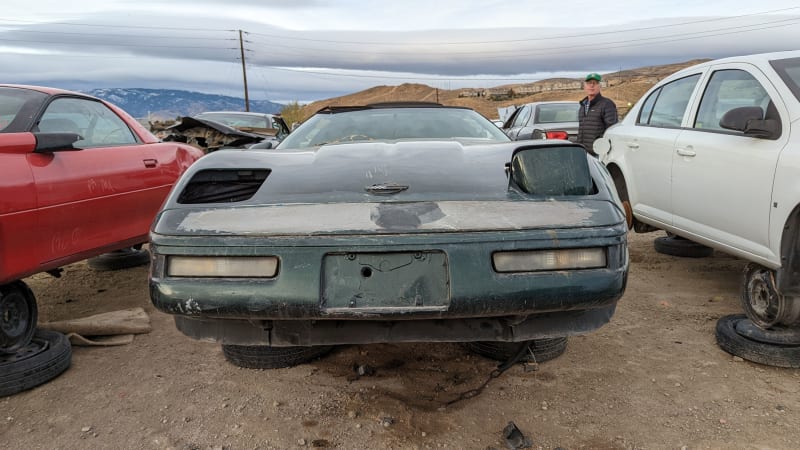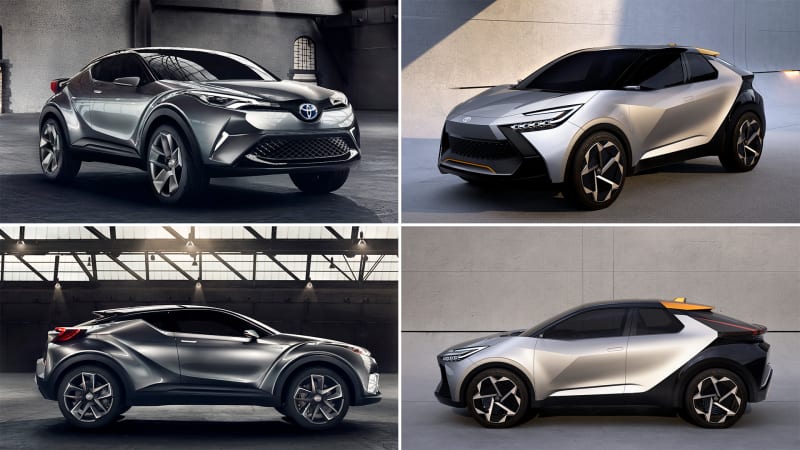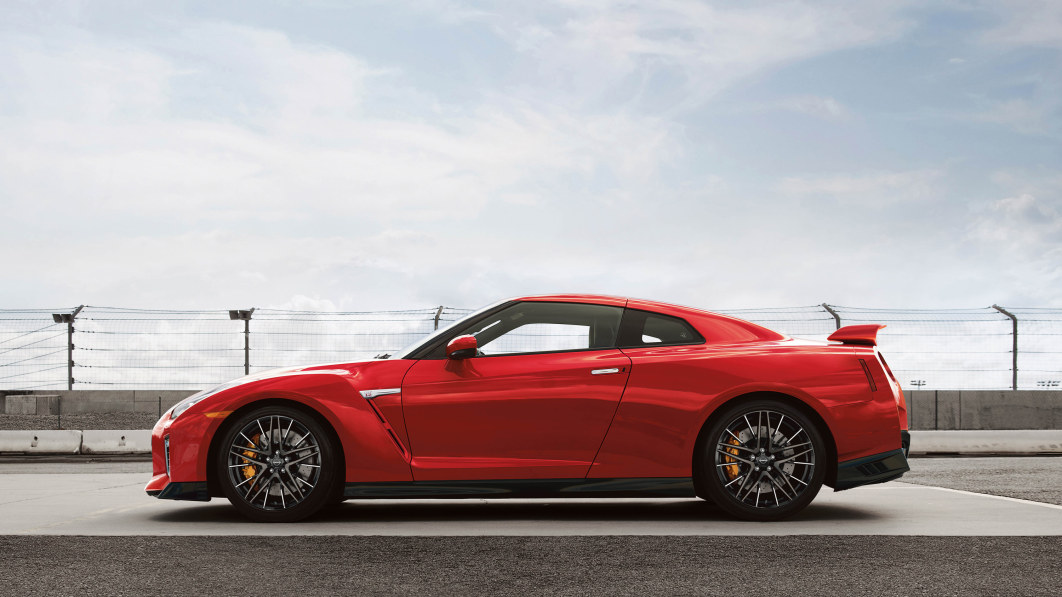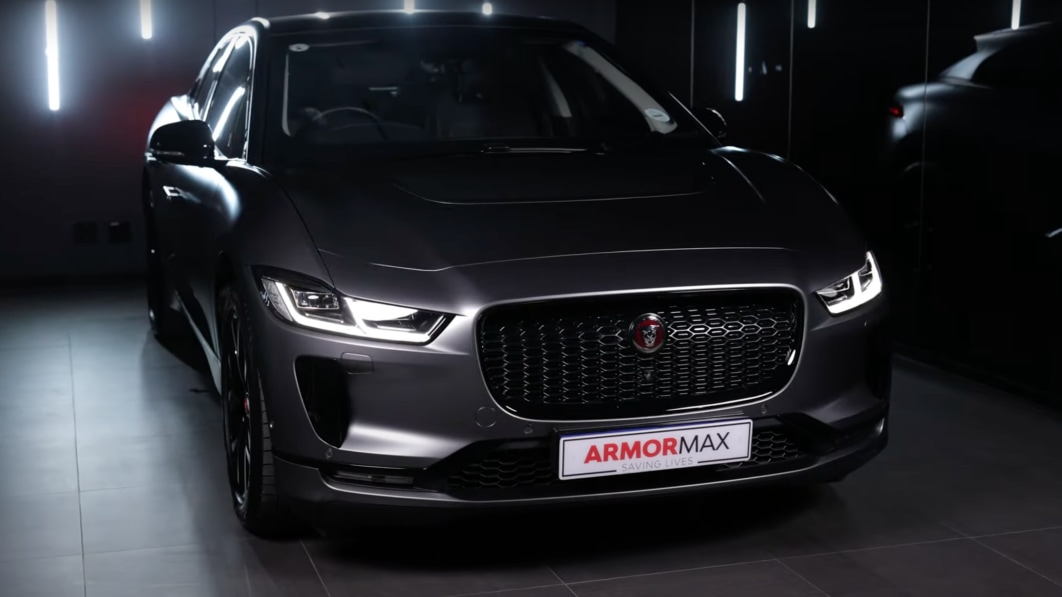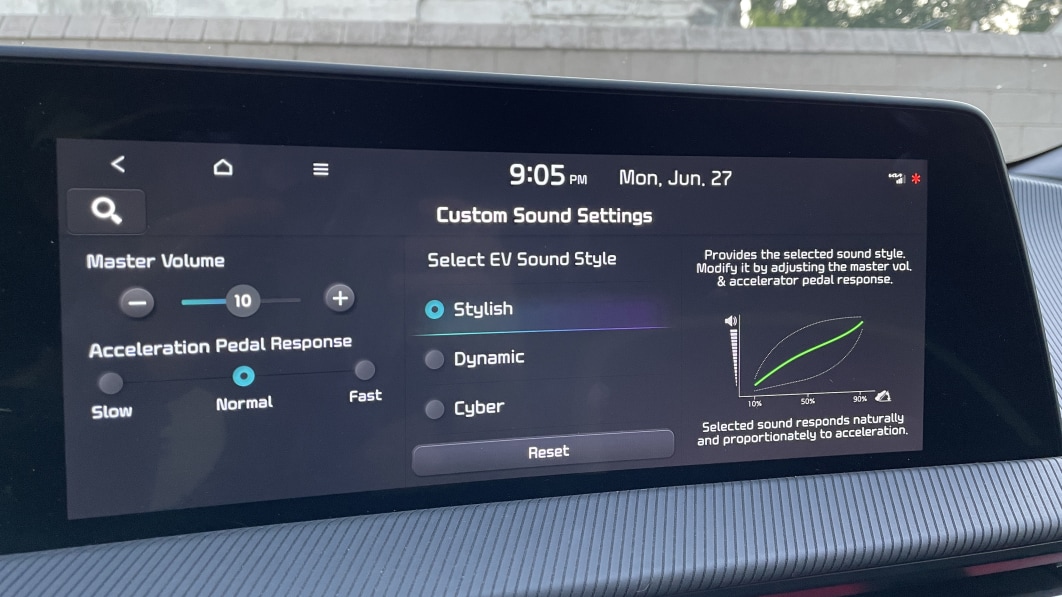After a year with the 2021 Hyundai Palisade in Autoblog’s long-term garage, it proved to be the perfect vehicle for our family, as my wife’s daily driver, in particular. When Hyundai updated the Palisade for 2023, though, I began to wonder what we were missing. I’d get the chance to find out when one landed in my driveway for a week.
Here are the most interesting differences I noticed in the new Palisade, in order of when I noticed them:
Looks
Look, I’m not buying a Palisade for appearances, but I can’t help but notice the differences. The grille is the most glaring change, and bigger may not be better. The lights and rear bumper are revised and there are new wheels. I think I’m more fond of the old design overall, but it’s not different enough to really make me care. Little nips and tucks are basically an obligation as part of any refresh, and it’s the practical updates that matter here.
Better door access
Our old Palisade has a button on the front doors. You have to press it both to lock or unlock the door. With this new one, you can grab the handle, and it will unlock. Instead of an actual button to depress to lock it, it’s a touch-sensitive, button-shaped square you tap to lock the door.
Now if only they’d add the same function to the rear door handles.
Digital HVAC screen
We still have physical controls, but there’s also a digital screen between the HVAC dials. It seemed kind of pointless at first glance, as I’d just prefer to use those dials to adjust. The key here, though, is that this feature means you don’t have to use the infotainment screen to adjust the rear climate controls from up front. OK, I’m sold. I’m still going to use the actual dials to adjust the front temperature, though.
Rearview mirror camera
I love this addition. I mentioned in my first Palisade road trip review what a boon it would be for times when the car is full to the brim with cargo. I was told on another Hyundai press trip that the folks there had read that review, and that I’d like some of the changes that were coming. Apparently this was one of them, and they’re right; I greatly appreciate the option of a rearview mirror camera
This is a great version, too. You can adjust the brightness, and even the latitudinal aim of the camera feed. Got a trailer you need to see over? You can aim the camera up. Want to be able to admire the grille of the car behind you at a stoplight? Aim it down. This is a rare if possibly unique feature.
Lane-centering steering assist without cruise control engaged
In our 2021 Palisade, you’ll get a little bit of lane-keeping assistance with adaptive cruise control off, but you have to have that engaged to use the actual lane-centering feature that helps steer you through curves. In the ’23, if the cameras can find the lanes, you can tap that little steering wheel button to get steering assist. Big whoop, right? Lane-centering tech usually sucks. Actually, that’s not the case with the Hyundai, Kia and Genesis vehicles I’ve driven, and especially in something as big as the Palisade, a lane-centering system that works quite well can help make driving a little less stressful.
Semi-automated lane changing
The ’23 Palisade can now be upgraded with the Highway Driving Assist II system. This sequel to the original HDA I system found on the outgoing Palisade adds to the adaptive cruise control and lane-centering system automated lane changes. When the system is active, tap a turn signal and if the coast is clear, the vehicle will help you steer into the next lane. It just does it a lot slower than I’d like, so I still do it the old-fashioned way, and at my own speedier pace.
HUD shows positions of cars around you
Instead of just letting you know when you’re behind another car and your blind spots are occupied, the HUD shows more precise positions of the different cars it can see around you. So if there’s one in your blind spot, and another on the other side just past your front fender, you’ll see them represented as blocks around your virtual vehicle in the display.
Ergo Motion seat
Now the driver can get a massage in the Palisade. It’s not the best massage, and I usually don’t use that function when better versions are available, but it might help keep you feeling fresh over longer drives. The side bolsters are adjustable, too. Like Mercedes-Benz’s Multi-Contour seats, the new Palisade’s side bolsters can tighten up to hold you in place better as you switch drive modes or drive more aggressively. It’s a neat trick, but I’m not sure how useful it is in a lumbering SUV as opposed to a small sports sedan.
Cargo pouch on the side of the captain’s chairs
My son spotted the little cargo nets on the sides of the captain’s chairs. They’re just an extra spot for passengers to stash items, which is always handy, especially when trying to keep kids occupied during longer road trips.
A new parking camera view
Does this (see pic below) do anything for you? I don’t find it particularly game-changing, but maybe there’s some parking situation that merits it. A simple, top-down surround view is good enough for me, providing all the info I require when parking.
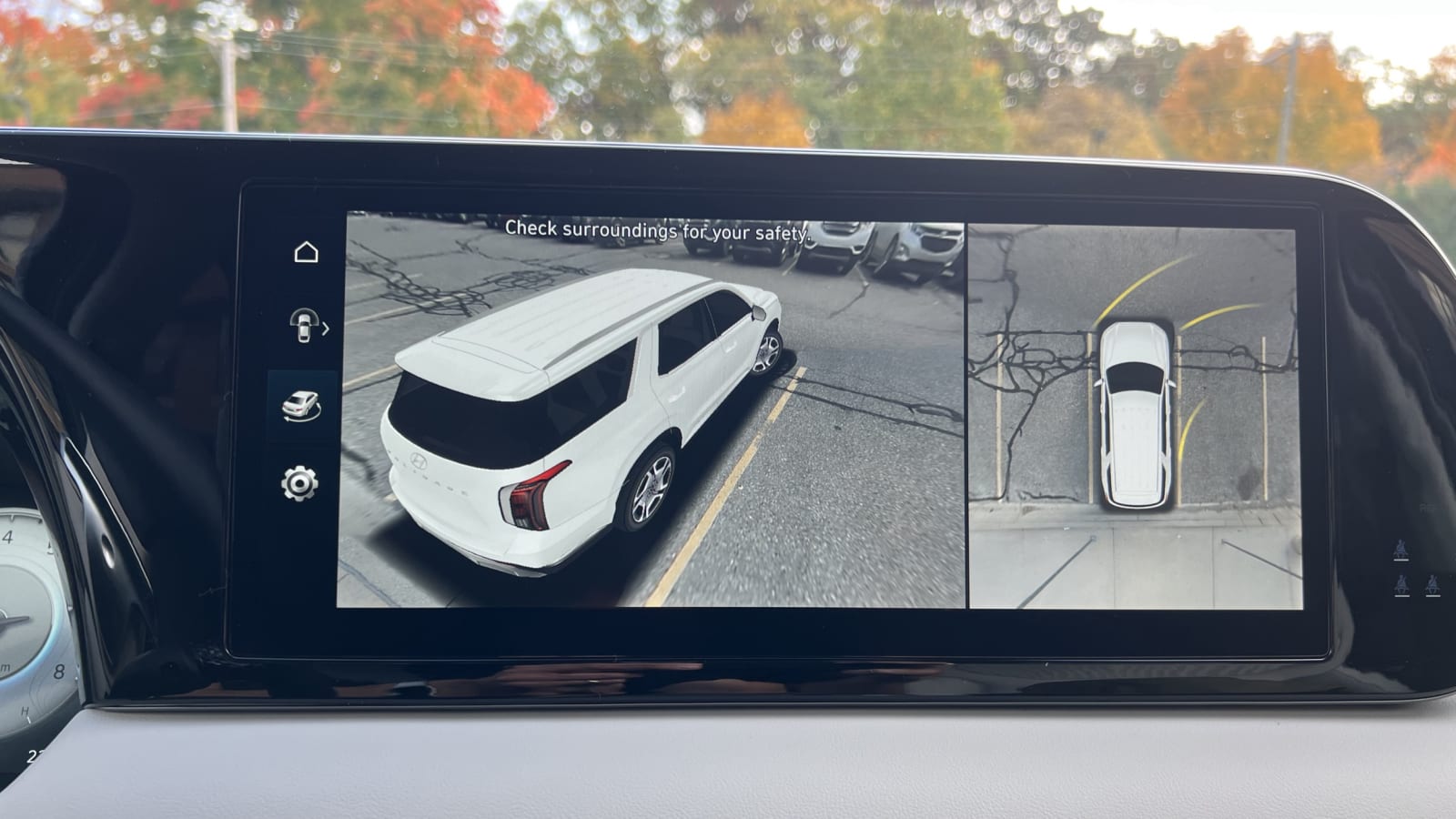
USB-C ports
There are still the old-school USB-A ports present, but some of them get replaced with the newer USB-C format. As more of the devices in my life switch to this format, I like to see that the car is future-proofed for them.
Heated third row
The way-back seats are now available with a heating function. I don’t put people back there often enough to care.
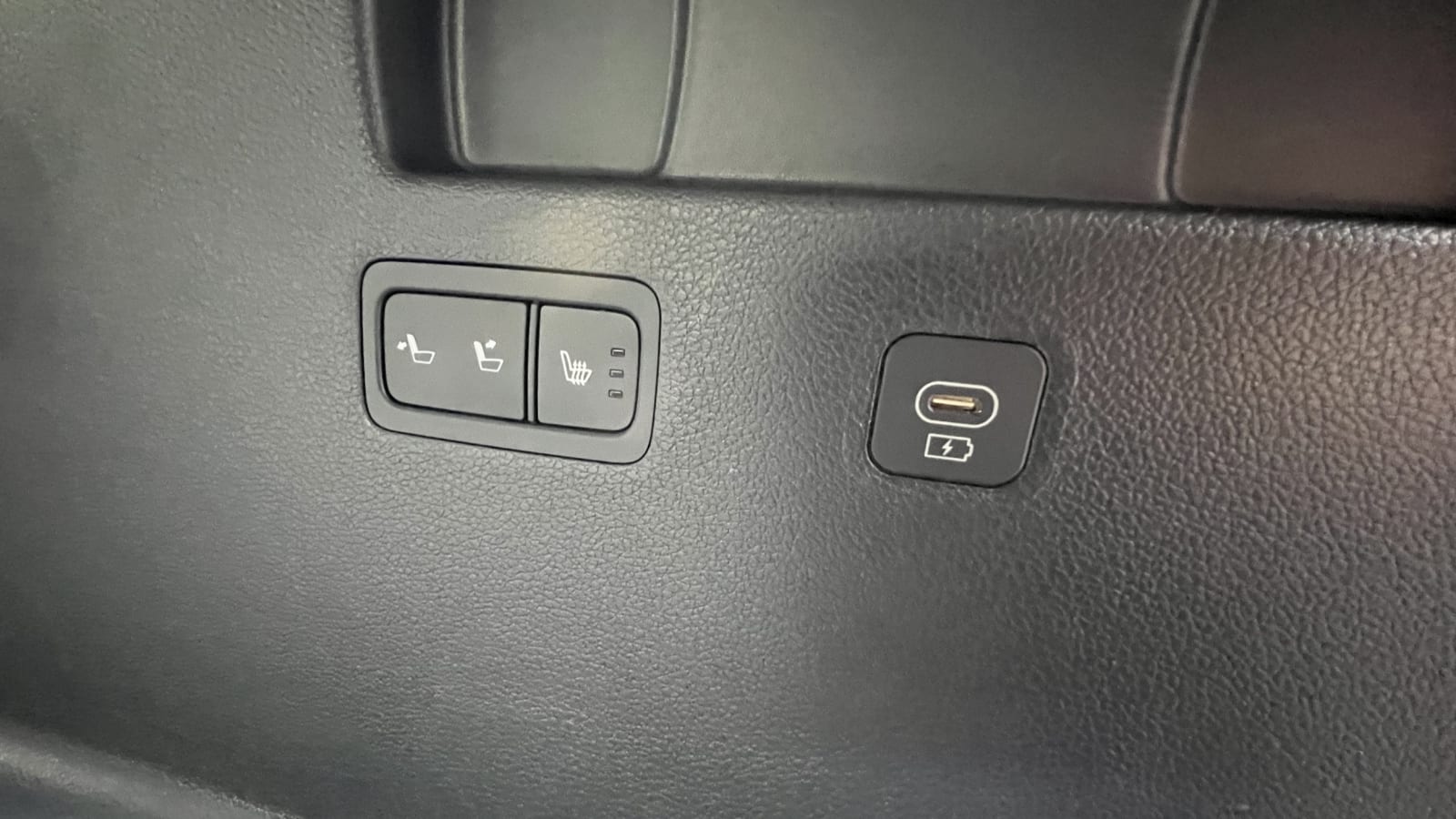
Phone-as-key
I had forgotten this was now an available future, and didn’t get the chance to test it out, but it’s something I’ve often wished was included in our own Palisade. Sometimes, I don’t want to run back in the house (and take off my snowy boots, hunt for the fob and get my boots back on) when I’m already late getting the kids, or if I just want to grab something out of the vehicle.
Final verdict
The 2023 Hyundai Palisade feels familiar, obviously, compared to earlier model years. We’re not sure about the styling updates, but there are plenty of other changes that actually make a difference. They’re not big enough that we’re racing out to replace my wife’s 2021 model with the 2023 refresh, and some of the updates don’t make much of a difference at all. But, the ones that do make a difference do so because Hyundai put some legitimate thought into how they could help the driver. We look forward to using them, and whatever new innovations are integrated by then, when we go to buy our next vehicle from the Hyundai family.
Related video:
For GREAT deals on a new or used Nissan check out Regal Nissan TODAY!

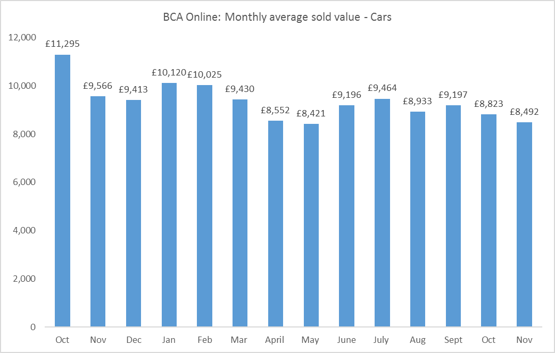 Budget appeal
Budget appeal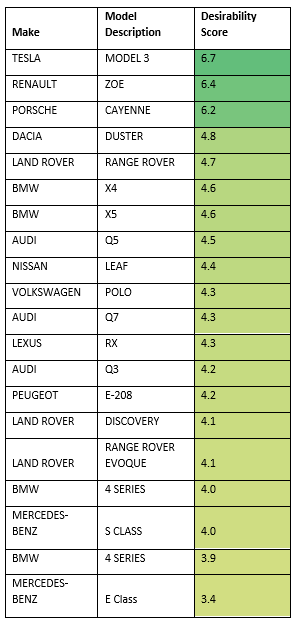 Buyers look for EV value
Buyers look for EV value


